Tyrosine Kinase
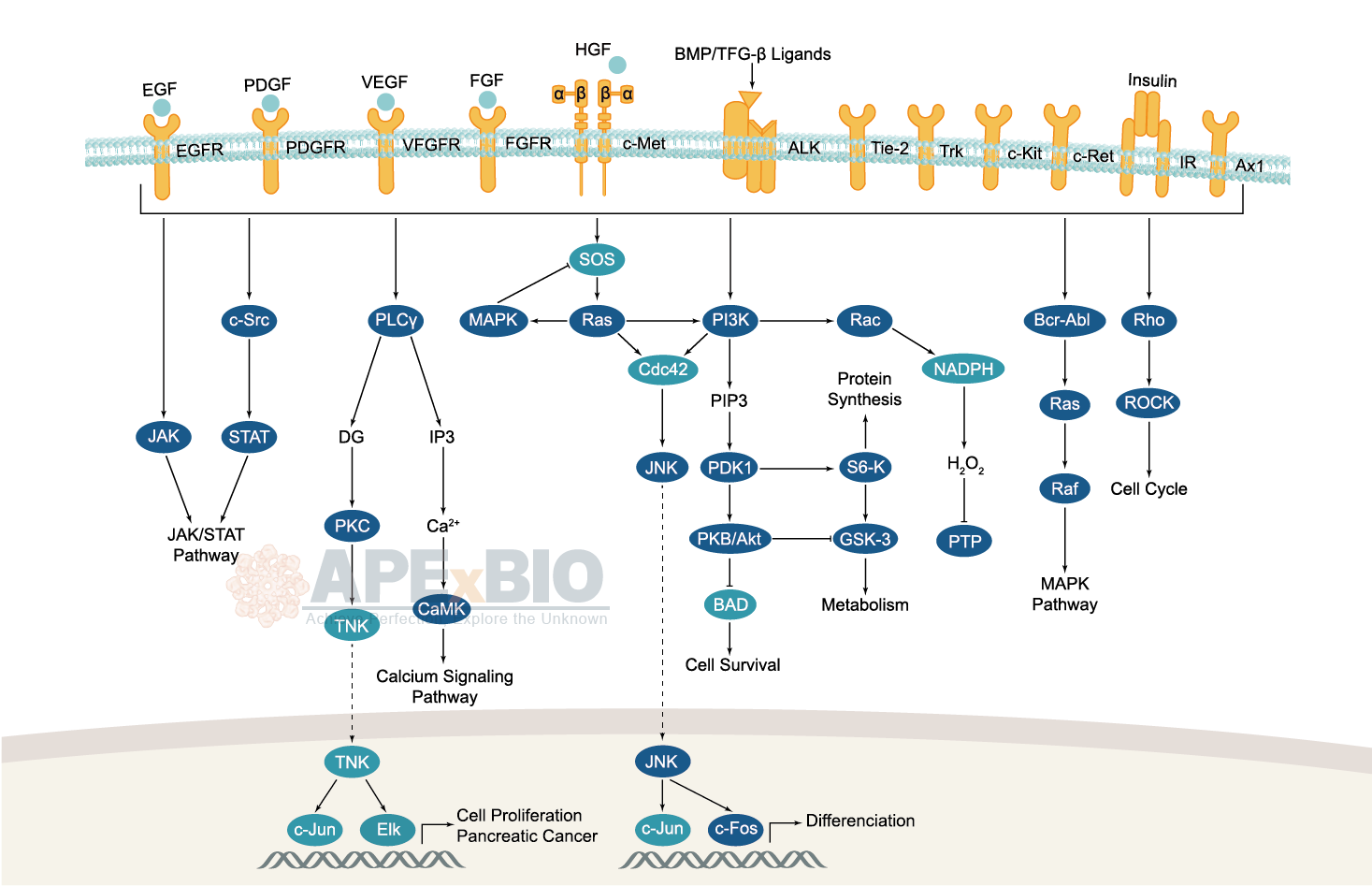
Receptor tyrosine kinases bind to extracellular ligands/growth factors, which promotes receptor dimerization and autophosphorylation of receptor tyrosine residues. This triggers a cascade of downstream events through phosphorylation of intracellular proteins that ultimately transduce the extracellular signal to the nucleus, causing changes in gene expression. Receptor tyrosine kinases include EGFR/ErbB, PDGFR, VEGFR, FGFR and MET subfamilies etc. Dysfunctions in tyrosine phosphorylation are linked to oncogenic transformation. In additions, various adaptor and effector proteins couple to carboxy-terminal of an active kinase. For instance, binding of the GRB2 adaptor protein activates EGFR and MAPK/ERK signaling.
Non-receptor tyrosine kinases involve many well-defined proteins (e.g. the Src family kinases, c-Abl, and Jak kinases) and other kinases which regulates cell growth and differentiation. For example, Src family kinases are curial for activating and inhibitory pathways in the innate immune response.
-
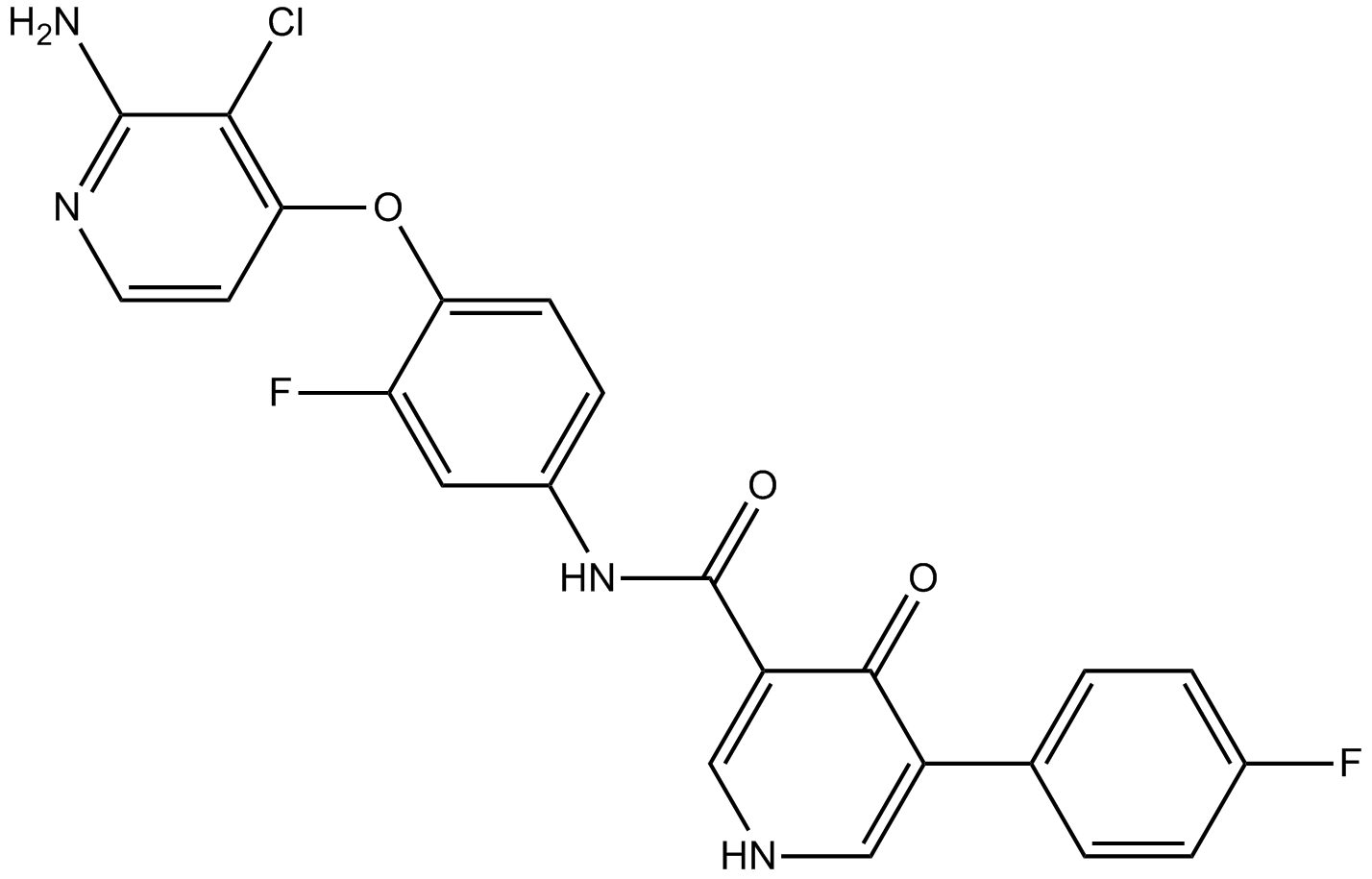 B1438 BMS-794833Target: MET|Flk-1Summary: Met/VEGFR-2 inhibitor,potent and ATP-competitive
B1438 BMS-794833Target: MET|Flk-1Summary: Met/VEGFR-2 inhibitor,potent and ATP-competitive -
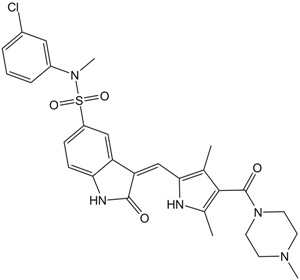 A2678 SU112742 CitationTarget: METSummary: C-Met inhibitor,potent and selective
A2678 SU112742 CitationTarget: METSummary: C-Met inhibitor,potent and selective -
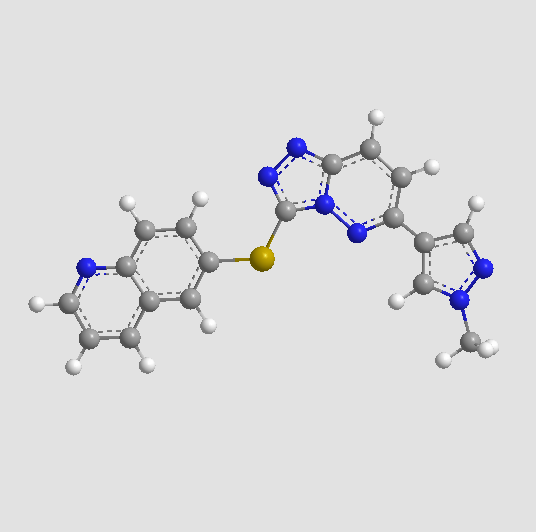 A1196 SGX-5231 CitationTarget: METSummary: MET inibitor, highly selective, ATP-competitive
A1196 SGX-5231 CitationTarget: METSummary: MET inibitor, highly selective, ATP-competitive -
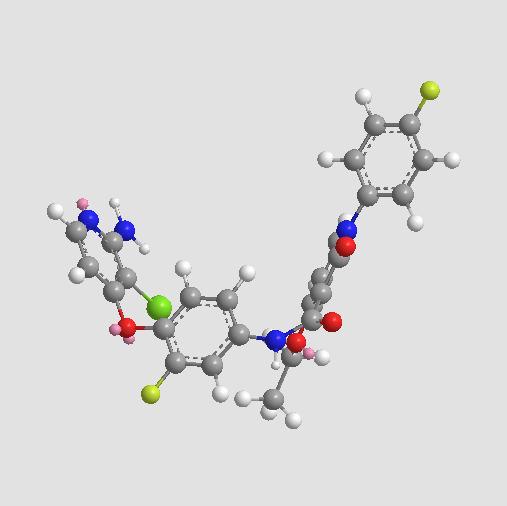 A5703 BMS-777607Target: METSummary: C-Met inhibitor, potent and selective
A5703 BMS-777607Target: METSummary: C-Met inhibitor, potent and selective -
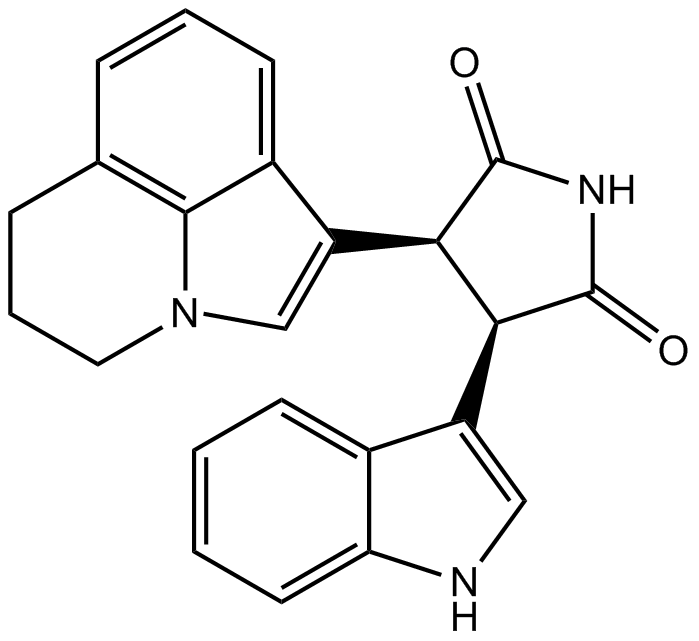 A8325 Tivantinib (ARQ 197)2 CitationTarget: METSummary: C-Met inhibitor,non-ATP-competitive
A8325 Tivantinib (ARQ 197)2 CitationTarget: METSummary: C-Met inhibitor,non-ATP-competitive -
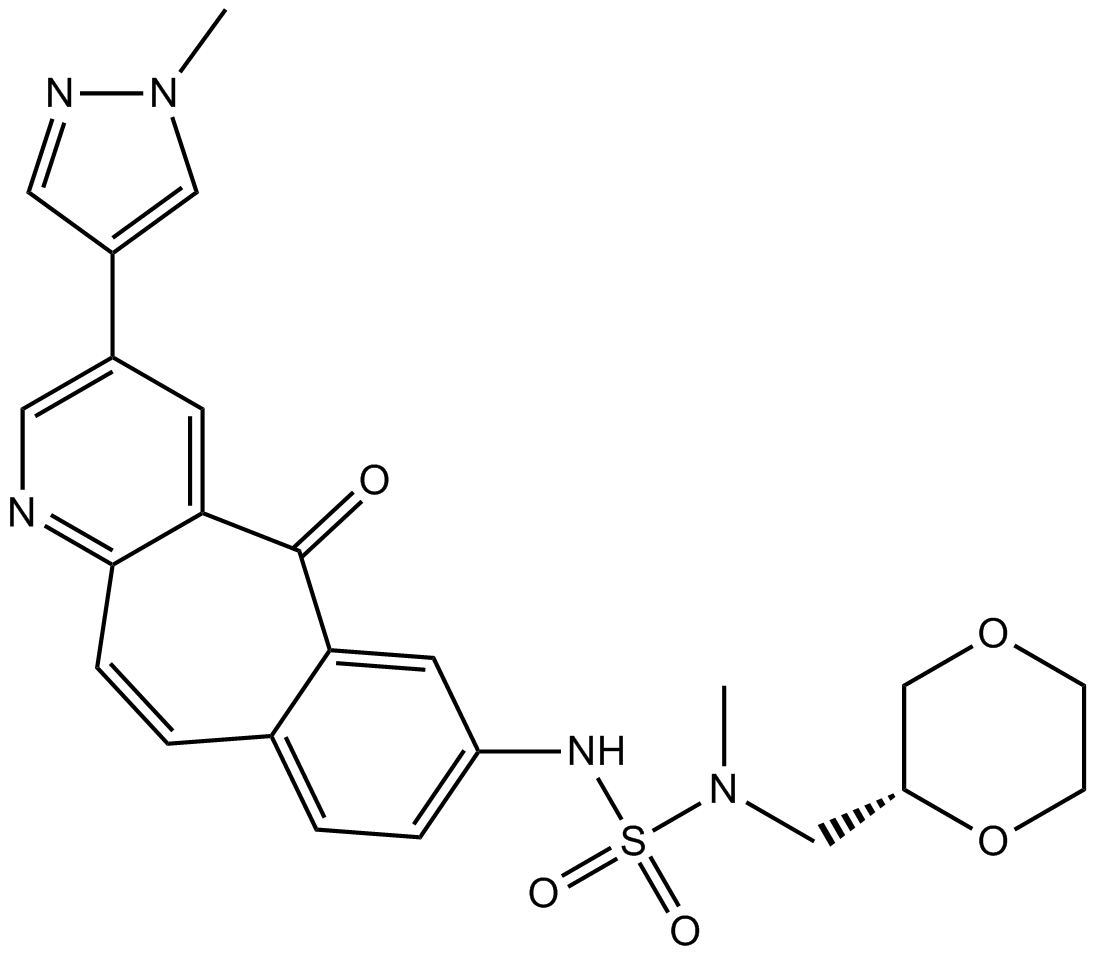 A8476 MK-2461Target: FLT3|PDGFR|MET|RonSummary: C-Met (WT/mutants) inhibitor
A8476 MK-2461Target: FLT3|PDGFR|MET|RonSummary: C-Met (WT/mutants) inhibitor -
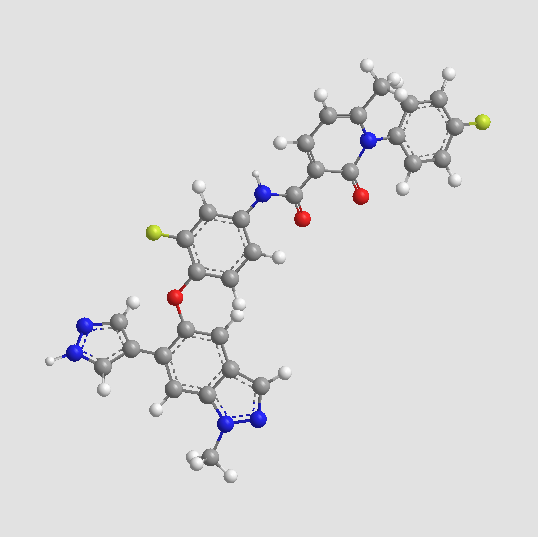 A3573 LY2801653Target: METSummary: MET inhibitor
A3573 LY2801653Target: METSummary: MET inhibitor

